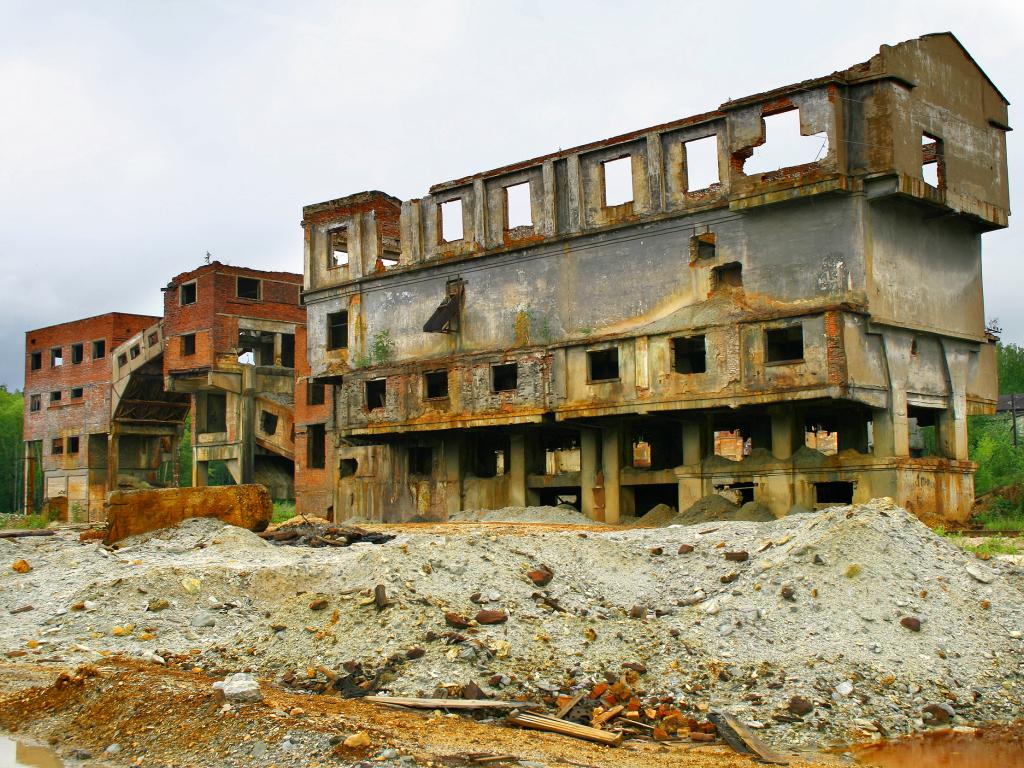Calculating the Environmental Impact of Mining: An Impossible Task?

Acid mine drainage is a perpetual environmental crisis in Johannesburg, historically one of South Africa’s most prominent mining areas. The financial implications occasioned by remedying the effects of acid mine drainage has to be carried by someone, but it is not certain who should be held liable in this regard. It can be argued that mining companies, who have operated in the area in the past, should have made financial provision for addressing the effects their operations have on the environment. Is it, however, possible to calculate in financial terms the environmental impact of mining decades down the line?
Further complicating calculating adequate financial provision for environmental damages in the South African mining context is the high rate of bankruptcy amongst mining companies.[1] This then means that the taxpayer may end up paying the shortfall when the financial security is found to be inadequate.
Given that the provision of financial security for environmental rehabilitation is a legislated prerequisite for conducting mining operations, the calculation of financial security must be considered.[2] Competing interests are at stake: Sufficient financial provision must be made for environmental rehabilitation while not discouraging investment in mining by burdening mining companies with more financial liabilities. Furthermore, the transformative purpose of the Mineral and Petroleum Resources Development Act (MPRDA) must not be negated by adding financial obstacles for historically disadvantaged players to enter the sector.[3]
The requirements for the financial provision for remediation of environmental damage are found in the National Environmental Management Act (NEMA). Section 24P provides that an applicant seeking environmental authorisation for mining activities must provide the prescribed financial provision “for the rehabilitation, closure and on-going post-decommissioning management of negative environmental impacts”.[4] Holders of environmental authorisation must furthermore assess their financial provision annually and, if required by the Minister, the provision will have to be increased.[5]
On the face of it, Section 24P of NEMA should allay fears that financial provision may be insufficient. However, this is not necessarily the case in practice, given that it is not guaranteed that the mining right holder will still be in existence when the time comes for environmental rehabilitation. It is possible for mines to become “orphaned” where the mining right holder has since been liquidated.[6] Often the environmental damage caused by mining may be left to fester, irrespective of any financial provision made when the mining right was initially awarded.
South Africa is not unique in having to confront environmental problems not contemplated when mining operations commenced decades prior. The Groningen gas fields, which have been operational since the 1960s, provide a good example of a similar problem in a European context. Today, the area experiences earthquakes because of gas extraction. Not only is the environment affected but irreplaceable historic buildings are also threatened. A compensation bill, likely not envisaged when operations commenced in the 1960s, could exceed €5 billion.
In cases such as the Groningen gas fields, there are identifiable corporations implicated that can be held accountable as these companies are not likely simply to disappear. The South African context with its more volatile economic climate, however, is different. Mining companies can easily go bankrupt, particularly where bigger mining companies sell to smaller concerns unable to comply with their environmental obligations, leaving behind orphaned mines and unrehabilitated hazards.[7] Should effective remedial action not be taken quickly, the costs of addressing the hazards may eventually dwarf the original financial provision for environmental rehabilitation provided by the now bankrupt mining company.
The estimated cost of remedying the effects of acid mine drainage in Johannesburg stands at around R10 to R12 billion, as of 2016.[8] Who should be held responsible for these costs? The government suggested that mining companies foot 67% of the bill, while the remaining 33% is paid by the public via water levies. Taxpayers have called foul, while concerns have been raised that companies may simply declare bankruptcy and walk away in the face of costs they are unable to carry. In the event of the latter, the problem would be further exacerbated, with the creation of new “orphaned” mines.
There are no easy answers to tackling current environmental crises while providing effective financial provision for future environmental rehabilitation. Nobody in the present wants to foot the bill for the current acid mine drainage crisis that stems from past mining activities. In addition, requiring realistic financial provision for future rehabilitation will make investors baulk while possibly hampering transformation by making mining even more costly. Even if realistic financial security is provided in the present, we still face the possibility of more crises like acid mine drainage in the future, because the culprits may no longer exist for us to pursue the shortfall. To avoid future crises while facilitating the aims of the MPRDA, lawmakers will walk a tightrope between the competing interests. What is clear though is that effective measures are required, and companies must be held accountable for environmental damage. It is necessary to pursue them to their metaphorical graves.
Written by Richard Cramer
[1] R Krause and L Snyman “Rehabilitation and mine closure liability: An assessment of the accountability of the system to communities” (2014) unpublished paper presented at the 9th International Conference on Mine Closure hosted by the University of the Witwatersrand at the Sandton Convention Centre, Johannesburg, 01-10-2014 - 03-10-2014.
[2] Section 24P of the National Environmental Management Act 107 of 1998.
[3] Act 28 of 2002. See the preamble of the Act.
[4] S24P(1).
[5] S24P(2).
[6] The term “orphaned” is borrowed from R. D. Krause and L. D. Snyman. See R Krause and L Snyman “Rehabilitation” 2.
[7] Krause and Snyman “Rehabilitation” 1ff.
[8] O Molatlhwa “Acid mine drainage levy to be imposed” The Times (2016-05-19) 4.
